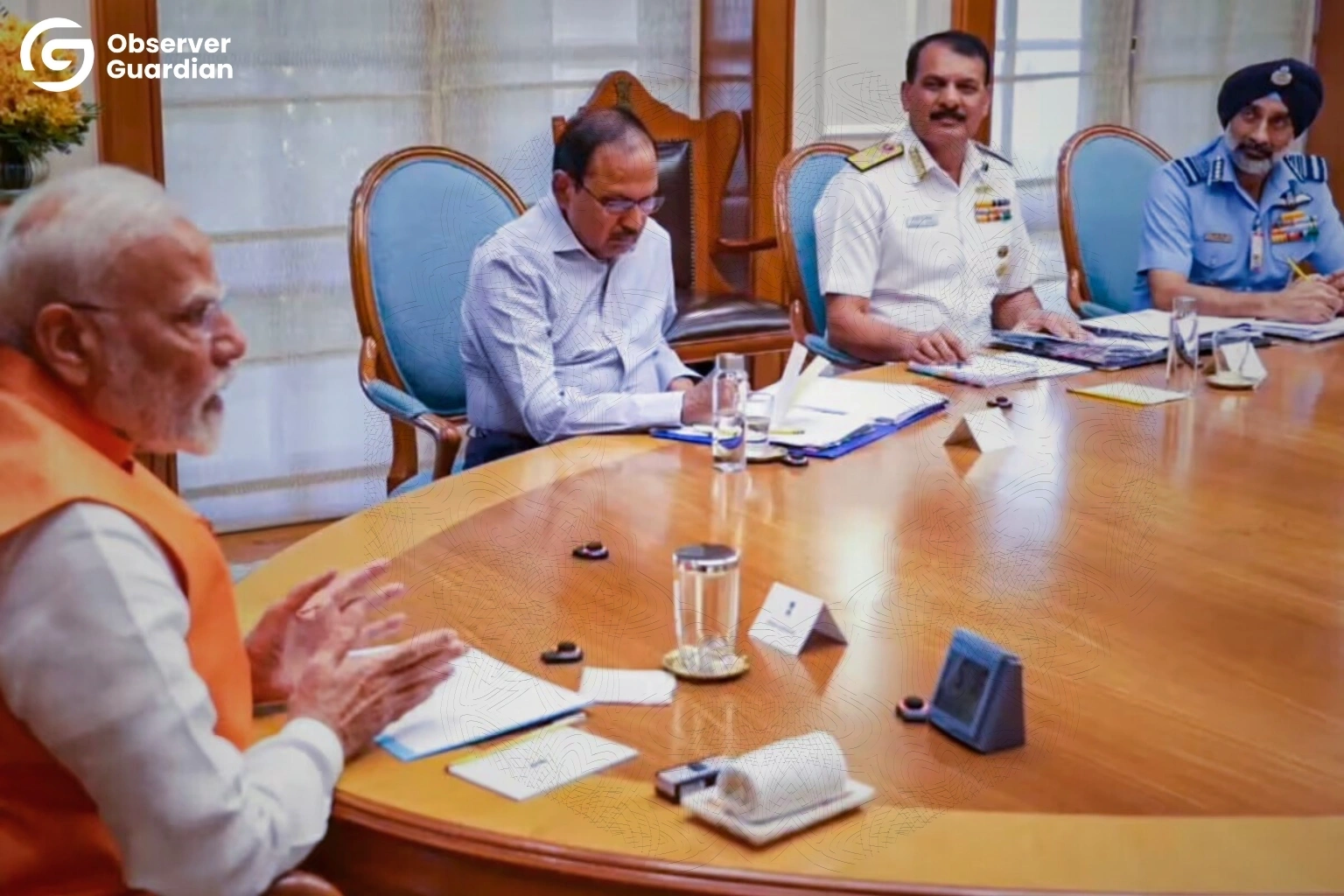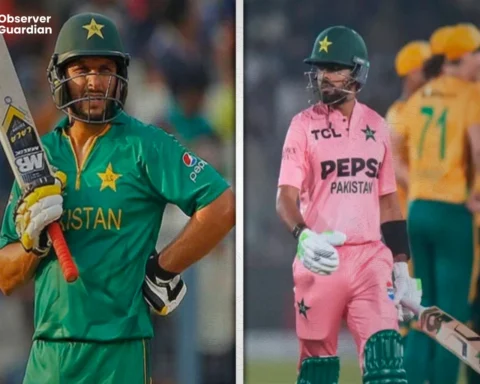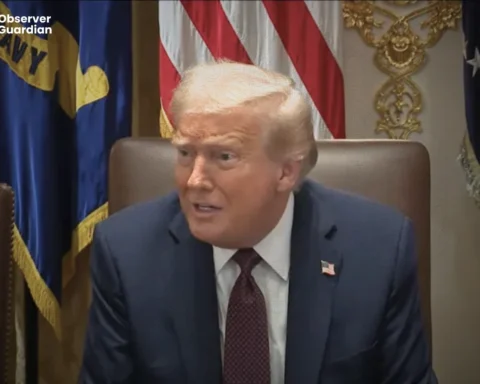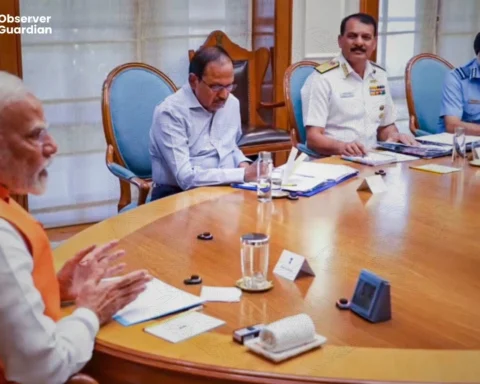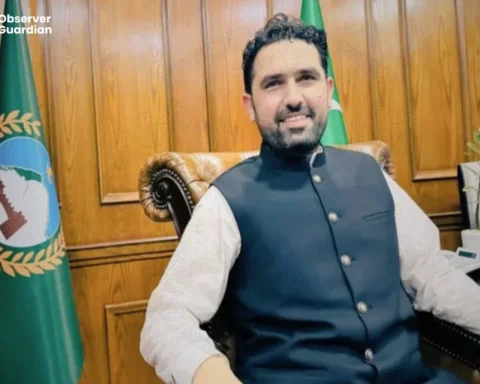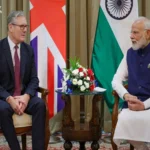Operation Sindoor and its Aftermath
In recent months, Narendra Modi has maintained a relatively lower level of visibility on the international stage. Ever since the Operation Sindoor that took place on May 2025 was largely promoted as the Indian retaliatory action in the Pahalgam attack, there has been a certain change in his foreign activities. Following Operation Sindoor, some domestic and international critics argue that India’s messaging has weakened.
Modi not appearing on the global stage is also being interpreted as more than an act of scheduling by many. Rather it is being perceived as a sign of distress, diplomatic back peddling, domestic tension, and the leadership girding itself against interrogative inquisitiveness.
One of the most notable recent actions is that Modi did not participate in the 47th ASEAN Summit in Kuala Lumpur (October 26-28). Instead, he has chosen to meet virtually, giving the reasons of Deepavali celebrations back home. He also excluded the possibility of meeting with Donald Trump who will be present. The trend isn’t new. Previous coverage has indicated that Modi barely attended the G7 Summit in Canada and then did not stop as usual in the US. Planned tours (Croatia, Norway, and Netherlands in May 2025) and the India-Nordic Summit at Oslo were either reduced or avoided on the European front. Even such celebrations as the Victory Day on 9th May in Russia have been reported to be omitted.
A New Phase of Indian Diplomacy
In the new phase, first, appearances and diplomacy are important. When the Indian prime minister chooses virtual over in-person participation, it draws attention. The absence of sideline meetings with key leaders further raises doubts about intent and influence.
Second, behind this, there is a reality of policy and trade friction. The US has introduced high tariffs on Indian exports reportedly as much as 50 percent. In such instances, due to Indian oil imports that continued to be made from Russian imports, which Washington considers a red line.
Third, there is a discrepancy between the aggressive military communication (Operation Sindoor, as a message of power) and the foreign policy demeanor. As the Indian defense and security setup has been boasting boldness, leading to the prudence of diplomatic front. As an illustration, where Modi is said to have committed to Trump that India would cut down the purchase of Russian oil, thus New Delhi came out to deny that he had done so.
In addition to this, several observers have noted that Prime Minister Modi’s decision to attend the ASEAN summit virtually, rather than in person, may reflect a strategic choice related to diplomatic priorities. Some analysts argue that virtual participation offers tighter control over interactions. It helps manage sensitive issues like trade and energy more carefully. In that regard, the political absences of Modi could be considered symbolic of something more than scheduling it internationally. Therefore, it is a sign of leadership standoff. In the country, the post-Pahalgam attack backlash and doubts regarding the results of Operation Sindoor have put pressure on it. Furthermore, the necessity to cooperate with the significant powers at once the US, Russia, and China to preserve strategic independence.
Following the incident of the Operation Sindoor, Modi seems to have shunned high-profile visits and sidelines summits. He is absent in the ASEAN summit in Malaysia, where there could have been a Trump-Modi sit down. Previous tours and large shows (Europe, Nordics, and Russia) were avoided or downplayed. All this is amidst the US-India trade relations being strained, tariffs high, and doubts about Indian imports of Russian energy left open. The defense messaging by India was a bold move, yet the foreign policy follow through is faltering, making it questionable.
Outlook
The tendency of Modi to attend meetings virtually and avoid face-to-face meetings portrays a wider mood of caution. It implies political unease at home and foreign pressure. It should be emphasized that not attending a summit does not necessarily spell doom in diplomacy. It might derail domestic priorities and real causes of plan change. Yet when a major world player actively retreats into the diplomatic fog in a methodical way, particularly at a time of fire, it is worth noting.
Indian diplomacy appears to be adopting a more virtual and cautious approach.
As global observers noted an important question is this merely a temporary recalibration following a period of internal adjustment, or does it signal the beginning of a deeper transformation in India’s external posture?
⚠ Disclaimer
The views and opinions expressed in this article are exclusively those of the author and do not reflect the official stance, policies, or perspectives of the Platform.

